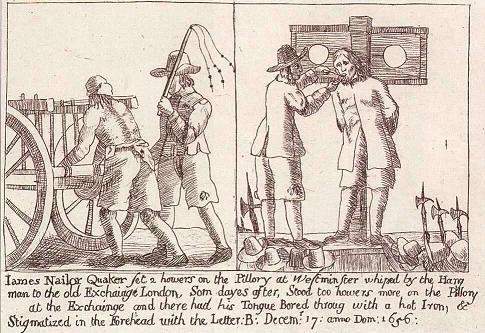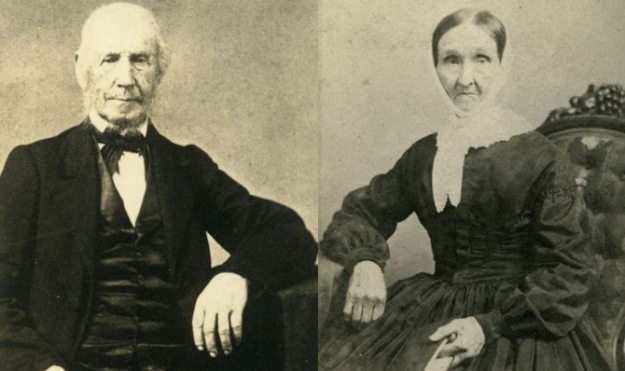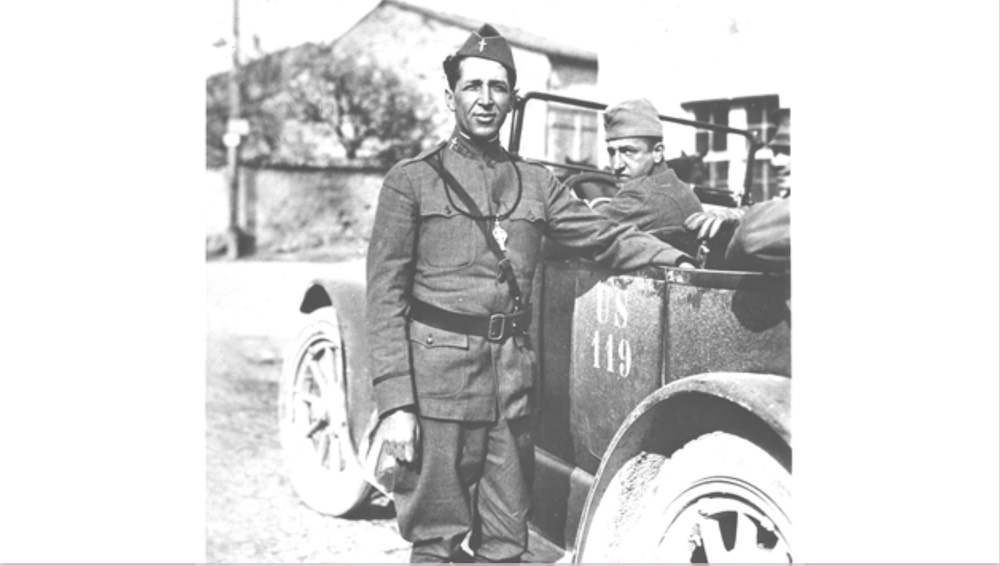Throughout the city of New Bedford, you will be able to find many churches, meeting places and houses of worship. These buildings are common enough that it is easy to pass by without taking much, if any, notice of them. Yet, churches, or meeting houses as they were sometimes called long ago, were an important part of the beginnings of New Bedford. Much of the rich cultural and historical events that have taken place in New Bedford over the years can be traced back to small groups of people who got together because of their common faith, and then put that faith into action by changing things around them for the better.
Fast forward a few hundred years to the current city of New Bedford – do we know anything of these churches? Do they still exist? Who began them and what impact did they have?
One of the very first of two churches built in New Bedford was erected by the Friends – we know them as the Quakers now. In 1699 they built their first meeting house on Russells Mills Road.

Now, Russells Mills Road is in Dartmouth, not New Bedford, but in the 1600’s there was no separation between these two places. New Bedford, Fairhaven, Dartmouth, Westport, and a small part of Tiverton and Little Compton were originally purchased as one tract of land, which means, originally, the meeting house was a part of New Bedford.
While the first building is no longer standing, anyone driving along Russells Mills Road today can see where it was. The Apponegansett Meeting House marks the exact location of the first building in this area that was the official meeting house of the small group of Quakers who met there over three hundred years ago (the current building was put up in 1791).
The Quakers were a group of Christians who emigrated from England to America in the late 1680’s. They, like the Pilgrims, believed that all had the right to read the Bible freely, in their own homes, and should not be controlled by the king of England. When they emigrated to America, in part to practice this freedom, they ended up heavily impacting the many areas where they settled, including New Bedford.
They did not believe in doing good works for morality’s sake, rather it was their faith that compelled them to do good for others. A few of their most basic beliefs are that the Bible is truth, each person has access to God through Jesus Christ and not through a hierarchical system of clergy, Jesus’ life is to be emulated and His teachings obeyed, and that people are created equally.

Because of the beliefs they held, they were known to treat women well, to offer work equally to any who were able, and they were highly instrumental in the abolition of slavery both in England and America. New Bedford specifically became a haven for slaves in the mid 1800’s when the Underground Railroad passed through, and this is partly attributed to the Quakers’ racial tolerance seen throughout the area, in the way they lived their lives, and through their outspoken opposition to slavery.
New Bedford and the surrounding areas have some incredibly inspiring land marks, such as the Apponegansett Meeting House, that serve as reminders of the good that has come from groups of people willing to make the lives of others better.
 New Bedford Guide Your Guide to New Bedford and South Coast, MA
New Bedford Guide Your Guide to New Bedford and South Coast, MA









